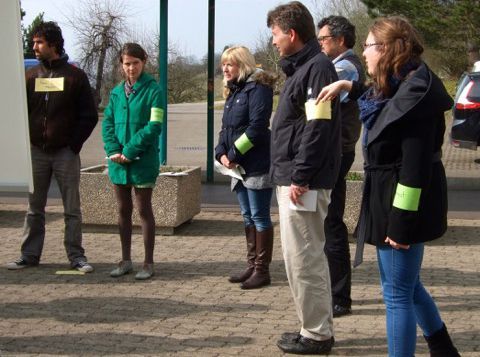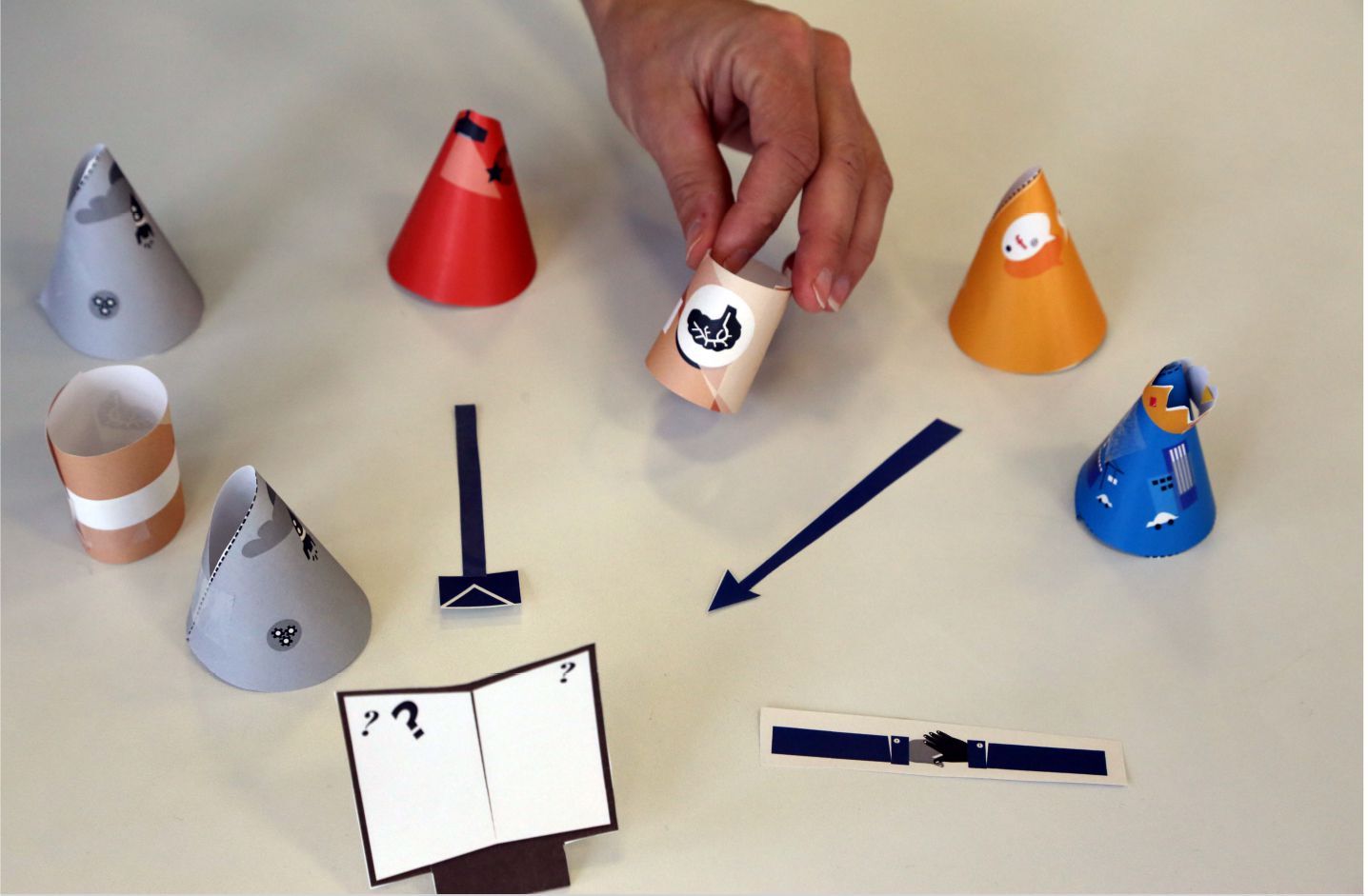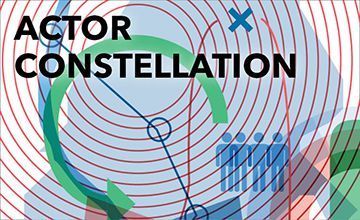Actor constellation
A role-play for identifying the relevance of various involved actors for tackling a specific research question.
Pohl C 2020. Actor constellation. td-net toolbox profile (2). swiss Academies of Arts and sciences: td-net toolbox for co-producing knowledge. www.transdisciplinarity.ch/toolbox. doi.org/10.5281/zenodo.3716720
What is an actor constellation? | An actor constellation is a role-play, in which all scientific and societal actors involved in a project are represented and positioned around the central research question. The distance from an actor to the research question, and to other actors, expresses how relevant (s)he is in the project. |
| Why should it be applied? | Project team members may hold implicit assumptions on the other actors’ relevance for, and their potential contributions to the project. The actor constellation method helps to make these assumptions explicit and allows a joint deliberation and decision of an adequate position. |
| When should it be applied? | The actor constellation exercise should be done early in the project; ideally during problem framing when a team is forming. |

How does it work? | 1) The project leader writes the project’s overall research question on a label. He or she considers a maximum of ten most important actors (who represent various disciplines and are stakeholders from civil society, the private and the public sectors) who can answer the overall research question. The project leader then notes their names on labels. 2) The facilitator finds participants to play the respective roles of the actors and labels each accordingly. If a role is not sufficiently clear to a participant (e.g., the general public, the decision makers), the facilitator asks the project leader for clarification. 3) The project leader places the research question in the middle of the room and positions the actors around the research question according to the rules described above. The project leader explains to the participants why each actor is standing in a specific position and what the actor will provide to answer the overall research question (e.g., information, institutional support). Arrows can be used to describe how the project leader plans to interact with the actors. 4) Once the actors are in their respective places, they react to the constellation. The facilitator asks (a) whether particular actors are missing and (b) whether an actor believes that he or she is in the wrong position, what would be the right position, and why. Through the discussion, the actor constellation changes. The facilitator closes the discussion, for example, by summarizing the main changes in the constellation that have occurred during the discussion. (procedure modified after Pohl 2014) |
How are thought styles bridged? | The actor constellation helps to bridge thought styles by making underlying assumptions of the person that positions the actors explicit. The assumptions become known and open for deliberation and discussion. |
What’s the output/outcome? | Usually the output of an actor constellation is a different, revised constellation. New actors may come in; some may come closer to each other, become less relevant or disappear. As a consequence, the project team and organisation can be re-defined. |
Who participates in what role? | If done in a group, a moderator should guide the actor constellation. The actor constellation is a role-play, meaning that actors should not play themselves. Both project participants and persons not related to the project may play the roles. Also an individual person can do an actor constellation by using paper cut outs to represent the actors (see picture below). The method then serves to clarify one’s own concept of how scientific and societal actors contribute to answering the research questions. |
What do I need to prepare? | Besides having the steps in mind, you need paper labels, pens and space. |



